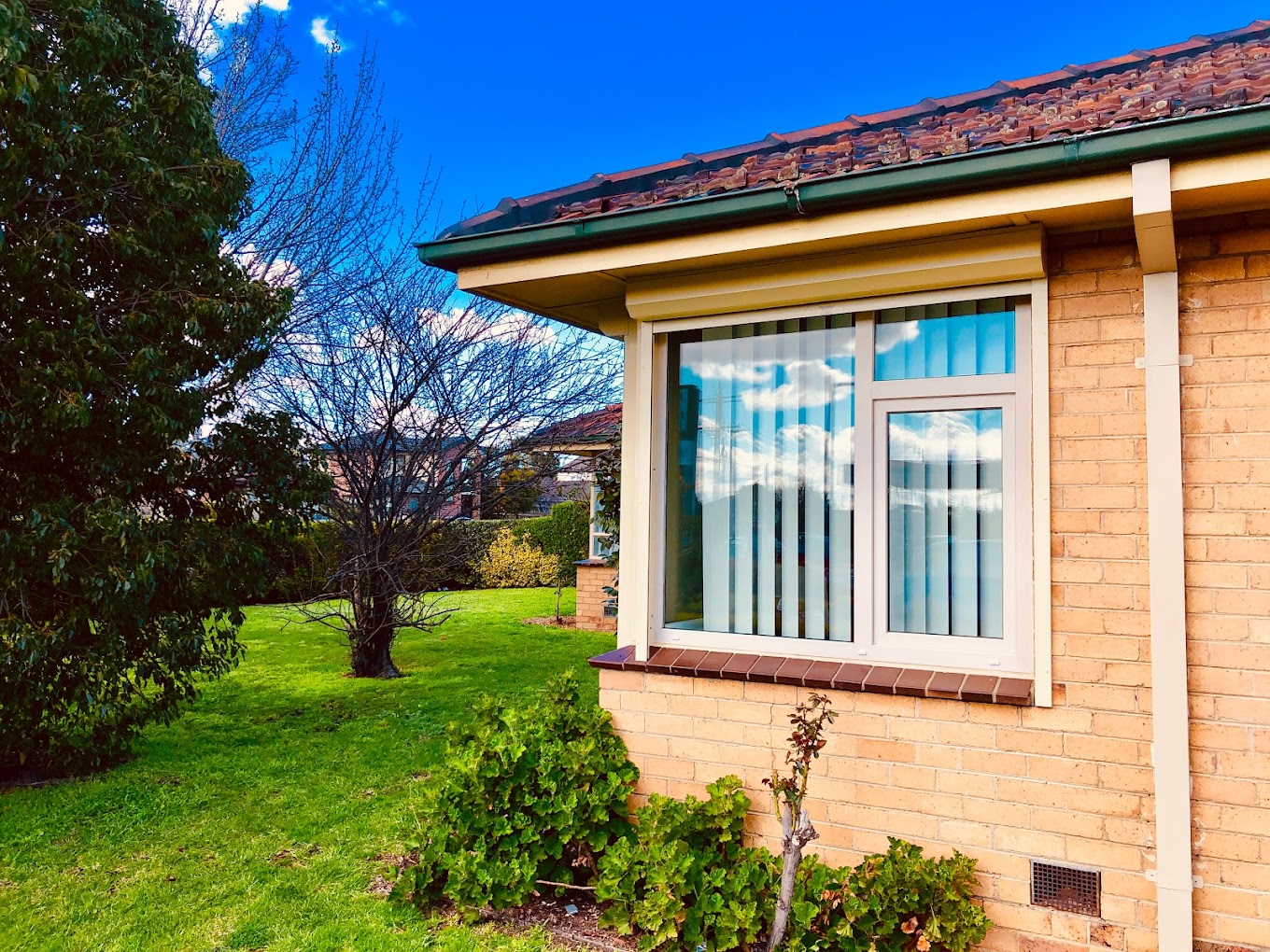All Categories
Featured
Table of Contents
Double Glazing - Albury - Twin Cities Glass in Manning Perth
Glazing simply indicates the windows in your house, consisting of both openable and set windows, as well as doors with glass and skylights. Glazing actually just indicates the glass part, however it is generally utilized to refer to all aspects of an assembly including glass, films, frames and home furnishings. Focusing on all of these elements will help you to accomplish reliable passive style.

Energy-efficient glazing makes your house more comfy and significantly reduces your energy expenses. However, unsuitable or improperly created glazing can be a significant source of undesirable heat gain in summertime and considerable heat loss and condensation in winter. Approximately 87% of a house's heating energy can be gotten and as much as 40% lost through windows.
The Science Behind Double Glazed Windows in North Beach Western Australia
Glazing is a substantial investment in the quality of your home. An initial financial investment in energy-efficient windows, skylights and doors can considerably minimize your yearly heating and cooling expense.
![Best Way To Block Sun Heat From Windows [Professionally] in White Gum Valley WA](https://www.paarhammer.com.au/images/Options/Thermal%20Diagram%203.jpg)
This tool compares window choices to a base level aluminium window with 3mm clear glass. Understanding some of the crucial properties of glass will help you to choose the very best glazing for your house. Secret residential or commercial properties of glass Source: Adapted from the Australian Window Association The amount of light that goes through the glazing is known as visible light transmittance (VLT) or visible transmittance (VT).
The Best Double Glazing Companies In Canberra in Mount Lawley Western Australia
The U worth for windows (revealed as Uw), explains the conduction of the whole window (glass and frame together). The lower the U worth, the greater a window's resistance to heat flow and the better its insulating worth.
If your house has 70m2 of glazing with aluminium frames and clear glass with a U worth of 6. 2W/m2 C, on a winter season's night when it is 15C cooler outside compared with inside, the heat loss through the windows would be: 6. 2 15 70 = 6510W That is equivalent to the total heat output of a large room gas heating system or a 6.
Summer Scorcher Predicted, Again! Double Glazed ... in Landsdale Western Australia

If you pick a window with half the U worth (3. 1W/m2 C) (for instance, double glazing with an argon-filled gap and less-conductive frames), you can cut in half the heat loss: 3. 1 15 70 = 3255W The solar heat gain coefficient (SHGC) for windows (expressed as SHGCw) determines how easily heat from direct sunlight streams through a whole window (glass and frame together).
The lower a window's SHGC, the less solar heat it sends to your home interior. Glazing makers state an SHGC for each window type and design. The actual SHGC for windows is impacted by the angle that solar radiation strikes the glass. This is referred to as the angle of incidence.
Insulated Glass Unit – Igu in Shenton Park WA
When the sun is perpendicular (at 90) to the glass, it has an angle of occurrence of 0 and the window will experience the maximum possible solar heat gain. The SHGC stated by glazing makers is constantly computed as having a 0 angle of occurrence. As the angle increases, more solar radiation is shown, and less is transmitted.
Table of Contents
Latest Posts
8 Benefits Of Double Glazing To Take Advantage Of in Greenmount WA
Single Vs Double Vs Triple - Which Window Is Right For Your ... in Hazelmere Western Australia
Twinglaze® Double Glaze Specification Act - Vic in Coogee Perth
More
Latest Posts
8 Benefits Of Double Glazing To Take Advantage Of in Greenmount WA
Single Vs Double Vs Triple - Which Window Is Right For Your ... in Hazelmere Western Australia
Twinglaze® Double Glaze Specification Act - Vic in Coogee Perth